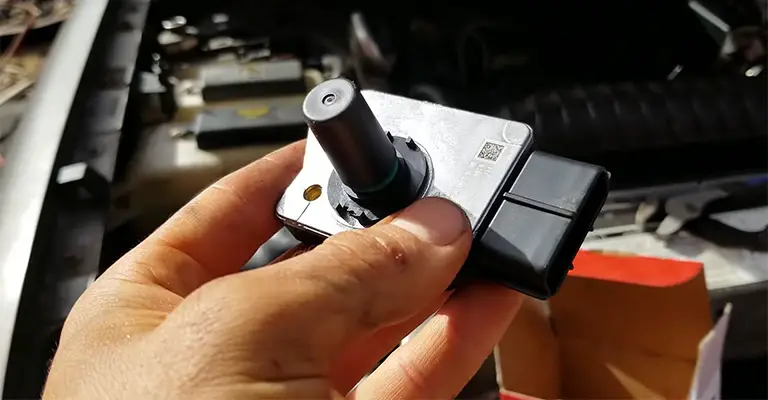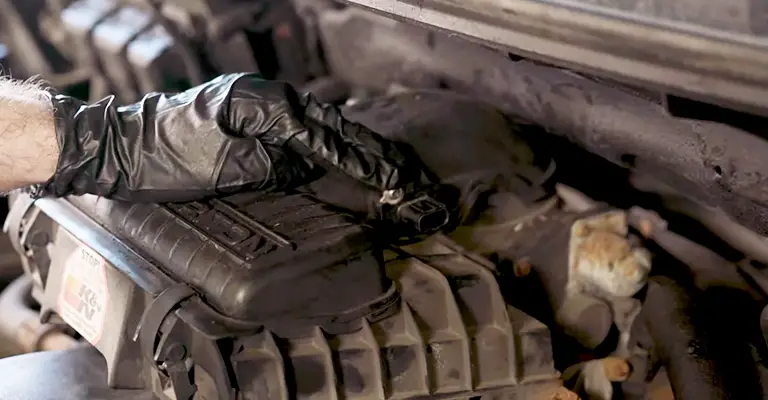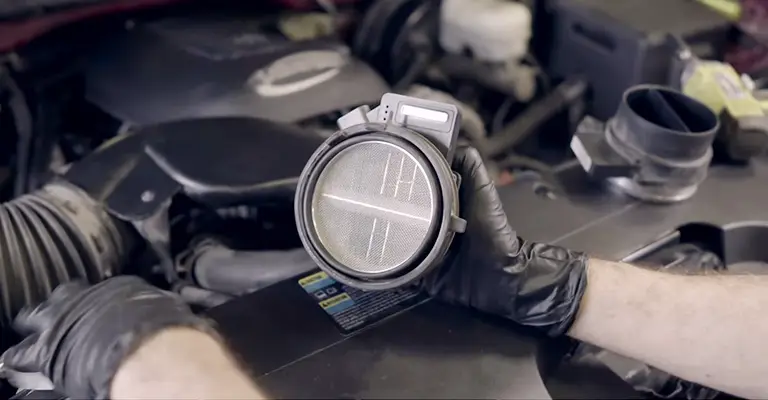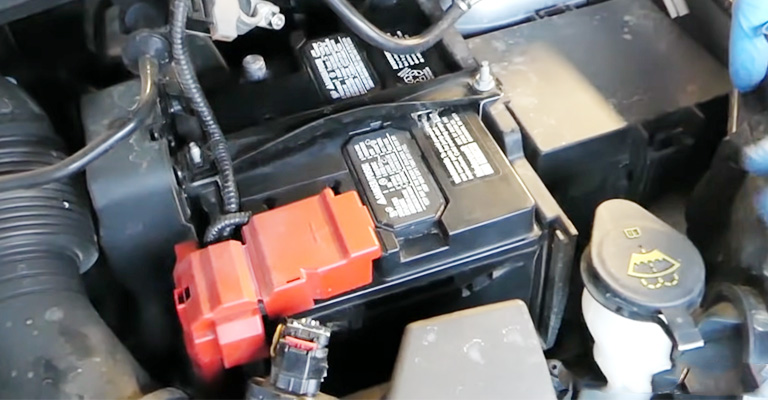Cars sensors are some of a car’s components; when replaced, you will likely experience some side effects. Mass Airflow Sensor (MAF sensor) is one of them. It’s a vital component located between the intake manifold and the engine’s air filter and ensures the proper flow of air into the engine.
Generally, its main purpose is to help calculate the amount of air getting entering the engine. Like other car components, the MAF sensor is prone to damage and may need a replacement to ensure it functions effectively.
However, you may notice some problems after a replacement. What do you do to ensure it functions properly? It’s what this article addresses. But first, let’s find out how a MAF sensor works.

How does a MAF Sensor Work?
There are two types of MAF sensors, i.e., the vane type and hot wire sensors. The hot wire mass airflow sensor is prominent in modern cars and works based on the principle of constant temperature. The sensor has an electrically heated wire exposed to the air path, and next to it is a temperature sensor that determines the air temperature near the wire.
When a car is idling, there is little airflow around the air path; therefore, it takes a pretty low amount of electric current to keep the hot wire hot. However, upon pressing the gas, the throttle opens, allowing more air into the intake manifold, which flows over the hot wire. As a result, there is a need for more electric current needed to keep it hot.
Now, the electronic chip in the MAF sensor translates the electronic current into a digital signal transmitted to the engine’s power control module (PCM). The PCM uses that signal to calculate how much fuel to inject for combustion. It also uses the same signal to determine the shift points of an automatic transmission.
For this reason, if the MAF sensor doesn’t work properly, you’re likely to experience problems such as:
- Poor gas economy
- Poor acceleration
- Check the engine light on
- Rough idling
- Hard starting
- Engine stalling or jerking
Note; above-outlined issues are symptoms of a malfunctioning MAF sensor that needs to be replaced.
Why Do Problems Still Arise After Replacing an Old MAF Sensor?
As outlined earlier, you may still experience problems related to the MAF sensor even after replacing old or bad ones with new ones. Major causes include:
Improper installation

Usually, improper installation is one of the major reasons that cause problems to arise even after replacing a MAF sensor. MAF sensor replacement can be a complex job requiring one to be skilled. Therefore, if the installation is not done properly, there is a high possibility you’ll deal with the same issue once again.
The ECU wasn’t reset
Replacing the MAF sensor is not if you forget to reset the ECU. It’s a step one could easily forget about, so your MAF sensor won’t function properly. These two components work closely together; therefore, your car engine won’t run as it should.
Installation of a wrong MAF sensor

Different types of MAF sensors perform the same function in cars. However, installing the wrong sensor could cause the issues you had with the old one. That’s why it’s important to check while buying the type of sensor that matches your car to avoid dealing with such issues.
What to do After Replacing the MAF sensor
As you can tell, replacing your old MAF sensors with new ones isn’t enough because problems can still arise. Here are a few things you should do to ensure MAF sensors work properly after a replacement:
Crosschecking installation
It’s quite essential to crosscheck if the entire installation process of a MAF sensor was done correctly. Are all components that had been removed reinstalled properly? Ensure everything is in its place.
Disconnect the battery

After replacing the MAF sensor, you should consider disconnecting the battery from the engine for about 10 to 15 minutes. It allows the engine and the computer to forget previous parameters and adjust to the new setting.
After reconnecting the battery, the car computer begins learning data regarding the newly introduced MAS sensor. Additionally, it would help the issue of checking engine light appearing after replacing a MAF sensor.
Reset the ECU
In most cars, it’s recommended that you reprogram the engine control unit (ECU) after replacing the MAF sensor. It also acts as an effective way to solve problems with newly installed MAF sensors.
As outlined above, disconnecting a car’s battery could reset the ECU in some cars. However, most modern cars require you to use an auto scanner to discover the error codes. Then you should follow the proper procedure to clear the codes and reset the ECU.
Take your car for a test drive

You should take your car for a test drive as you pay attention to how the engine is running after replacing the Mass Airflow Sensor. If your car runs rough or the check engine light comes on, there could be an issue with your newly installed MAF sensor.
Bottom line
Resetting your ECU should be done anytime you replace the MAF sensor to allow it to relearn the air-fuel ratio necessary. It will help you run your engine smoothly unless there are other underlying issues.
More importantly, MAF should be added to the list of the regular maintenance schedule.
Leave a Reply